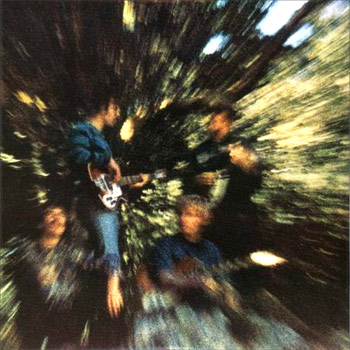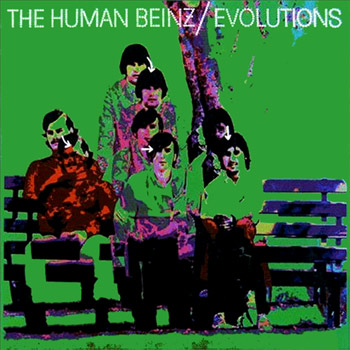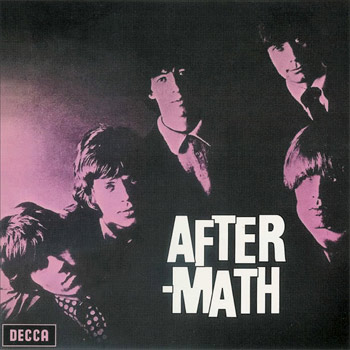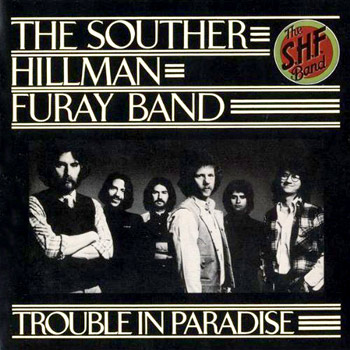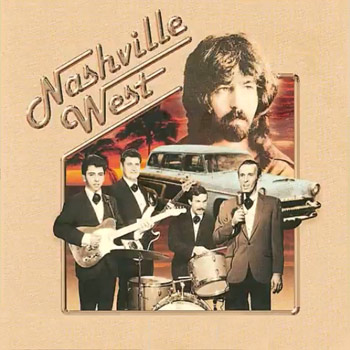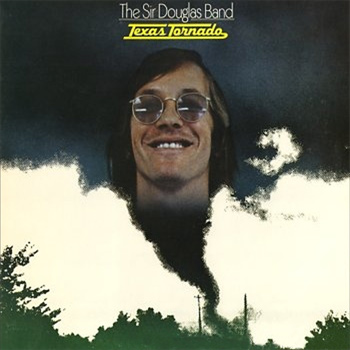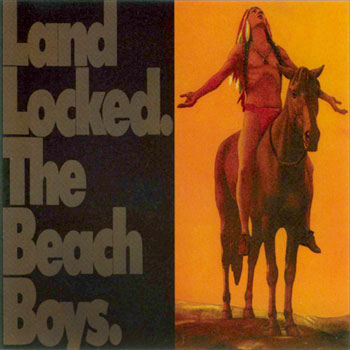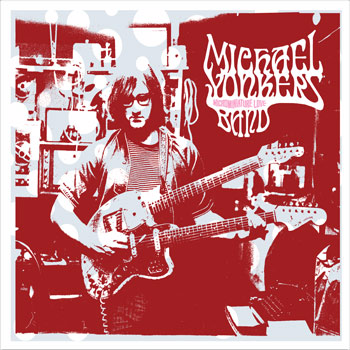Giveaway: “Texas Tornado” Doug Sahm Bio
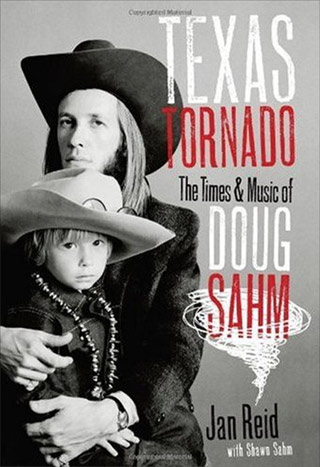
The fine folks at the University of Texas Press have cleared us a couple copies of this new bio for two (2) lucky Rising Storm readers. This is the first biography of the legendary Doug Sahm, a great read which I previously reviewed here. (Back to albums soon I swear it.)
To enter for a chance to win, leave a comment below (with your email address) listing your favorite Doug Sahm tune. If you don’t got one, how about any old Country, Rhythm & Blues, Tex-Mex, Conjunto, or otherwise related groove you think we ought to hear.
Two (2) winners will be selected at random in a week or two and get free books mailed to them! Good luck and thanks for reading.
